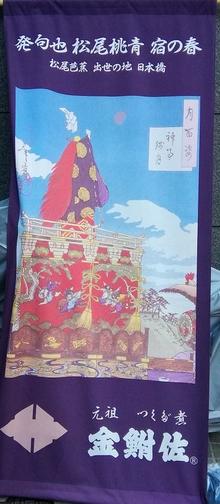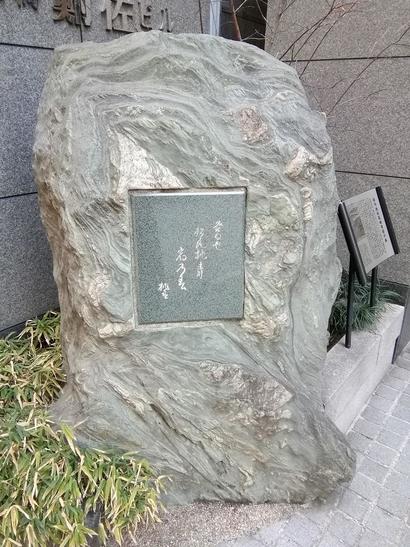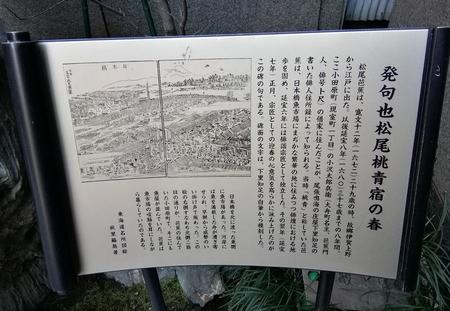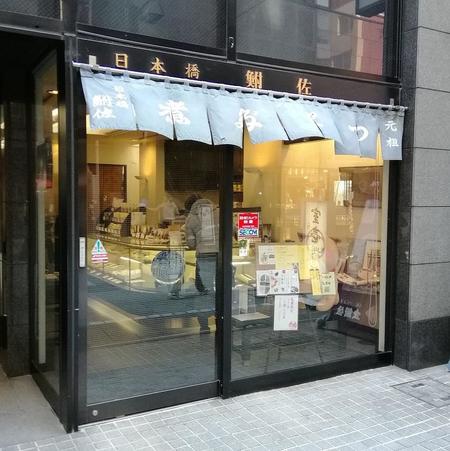In September 1869, a Naval Training Center was established in Tsukiji. It was renamed the Naval Dormitory in 1870 and the Naval Academy in 1876, relocated to Etajima in 1888, and has supported the Japanese Navy as a training school for naval officers. Just as many former shoguns served in the Meiji New Government and contributed to the modernization of Japan, the former shoguns also served in the Navy Dormitory. Many excellent human resources were provided, including Yoshiyoshi Yamamoto and Masanori Nishio, a first-year capital business student.
This time, we will introduce the Naval School in Tsukiji and Numazu School, which is closely related to it.
■Numazu School of Service
 The shogunate was dismantled, but in the Shizuoka clan, where the Tokugawa family was relocated, Numazu soldier school was opened on the site of Numazu Castle Ninomaru in 1868 to establish a military school for the purpose of training officers. Numazu was born in Numazu, the highest school at the forefront of the era, not just training officers.
The shogunate was dismantled, but in the Shizuoka clan, where the Tokugawa family was relocated, Numazu soldier school was opened on the site of Numazu Castle Ninomaru in 1868 to establish a military school for the purpose of training officers. Numazu was born in Numazu, the highest school at the forefront of the era, not just training officers.
 The establishment of Numazu soldier school was made by Abe and Soroku Ebara. Amane Nishi, the first school principal and the first enlightenment scholar, has been appointed. The student who is said to be a student was selected by a test from clansman in Tokugawa. The test was conducted from the first to the eighth term, with about 200 students joining the course and becoming a business student.
The establishment of Numazu soldier school was made by Abe and Soroku Ebara. Amane Nishi, the first school principal and the first enlightenment scholar, has been appointed. The student who is said to be a student was selected by a test from clansman in Tokugawa. The test was conducted from the first to the eighth term, with about 200 students joining the course and becoming a business student.
 The department included English / French, Chinese studies, mathematics, instrumental studies, drawings, horseback riding, gun art, and maneuvering. Professors included language Atsushi Watanabe (translator of Isop Monogatari) and Taroitsu Otsukotsu. Because he actively taught mathematics that was not widespread, it was called "Mathematics Numazu" and produced many engineers related to engineering.
The department included English / French, Chinese studies, mathematics, instrumental studies, drawings, horseback riding, gun art, and maneuvering. Professors included language Atsushi Watanabe (translator of Isop Monogatari) and Taroitsu Otsukotsu. Because he actively taught mathematics that was not widespread, it was called "Mathematics Numazu" and produced many engineers related to engineering.
 The reputation of military schools has risen nationwide, lending to other clans has been carried out, and excellent human resources have gradually disappeared from military schools. In particular, in the Meiji government, when the establishment of a land and marine military dormitory was planned, even more excellent human resources were pulled out. It was absorbed by the new government's Army Dormitory in May 1872 and disappeared in more than three years, but its human resources have been active in a wide range of fields, including the Army and Navy, government officials, education, and business circles, contributing to the modernization of Japan.
The reputation of military schools has risen nationwide, lending to other clans has been carried out, and excellent human resources have gradually disappeared from military schools. In particular, in the Meiji government, when the establishment of a land and marine military dormitory was planned, even more excellent human resources were pulled out. It was absorbed by the new government's Army Dormitory in May 1872 and disappeared in more than three years, but its human resources have been active in a wide range of fields, including the Army and Navy, government officials, education, and business circles, contributing to the modernization of Japan.

Numazu Castle pictorial map history MAP
Numazu soldier school sightseeing
 In the direction of the south exit of Numazu Station, there is Central Park, the site of Numazu Shiromoto Maru. Numazu Castle Ninomaru Imperial Palace became the school building of Numazu soldier school established by the Tokugawa family and Shizuoka, and a dormitory for military schools, attached elementary schools, medical offices, and medical schools were also set up nearby, and horses and Baba of the former Numazu clan used by military schools. There was also.
In the direction of the south exit of Numazu Station, there is Central Park, the site of Numazu Shiromoto Maru. Numazu Castle Ninomaru Imperial Palace became the school building of Numazu soldier school established by the Tokugawa family and Shizuoka, and a dormitory for military schools, attached elementary schools, medical offices, and medical schools were also set up nearby, and horses and Baba of the former Numazu clan used by military schools. There was also.
 On the precincts of Jooka Shrine in Otemachi, there is a monument of Numazu soldier school built by the former minister of the Tokukawa family in 2015.
On the precincts of Jooka Shrine in Otemachi, there is a monument of Numazu soldier school built by the former minister of the Tokukawa family in 2015.
 It was a short period of just four years, but there are the following people:
It was a short period of just four years, but there are the following people:
 In the Army and Navy, Shogo Iguchi, Sadakichi Kato, Shuichi Yabuki, Yoshiyoshi Hayakawa, Noriyoshi Akamatsu, Hisataka Kuroda, Nobuyoshi Furukawa, Shinrokuro Nishi, Atsushi Murata, Shinkichi Mukoyama, Masaru Yamaguchi, and others are Amane Nishi and Ukichi Taguchi.
In the Army and Navy, Shogo Iguchi, Sadakichi Kato, Shuichi Yabuki, Yoshiyoshi Hayakawa, Noriyoshi Akamatsu, Hisataka Kuroda, Nobuyoshi Furukawa, Shinrokuro Nishi, Atsushi Murata, Shinkichi Mukoyama, Masaru Yamaguchi, and others are Amane Nishi and Ukichi Taguchi.
A lot of materials from Numazu City Meiji Museum - Numazu soldier school are on display.

 gallery space
gallery space
 Library
Library
 On January 20, 2019, a ceremony commemorating the 150th anniversary of Numazu soldier school was held at Numazu Citizens' Culture Center. .
On January 20, 2019, a ceremony commemorating the 150th anniversary of Numazu soldier school was held at Numazu Citizens' Culture Center. .
 Professor Yuhiko Higuchi of the National Museum of History and Folklore will give a lecture entitled "What to Learn from Numazu Soldiers School" by Tokugawa Soke's 18th generation Tokukawa Tsunetaka, "On the 150th anniversary of the founding of Numazu Soldiers School". On the day, sale of "Numazu soldier school commemorative magazine" (1000 yen per copy).
Professor Yuhiko Higuchi of the National Museum of History and Folklore will give a lecture entitled "What to Learn from Numazu Soldiers School" by Tokugawa Soke's 18th generation Tokukawa Tsunetaka, "On the 150th anniversary of the founding of Numazu Soldiers School". On the day, sale of "Numazu soldier school commemorative magazine" (1000 yen per copy).
 Numazu soldier school established by the Tokugawa family who ruled the Shizuoka clan celebrated its 150th anniversary, and on the 20th, a commemorative ceremony and a monument unveiling ceremony of the school's attached Army Medical Office (Shizuoka Domain Tachinumazu Hospital) (both by the executive committee) ) Was held in Numazu City. It was planned to learn about the achievements of the school, which practiced an advanced educational system and produced human resources who contributed to the modernization of Japan.
Numazu soldier school established by the Tokugawa family who ruled the Shizuoka clan celebrated its 150th anniversary, and on the 20th, a commemorative ceremony and a monument unveiling ceremony of the school's attached Army Medical Office (Shizuoka Domain Tachinumazu Hospital) (both by the executive committee) ) Was held in Numazu City. It was planned to learn about the achievements of the school, which practiced an advanced educational system and produced human resources who contributed to the modernization of Japan.
 The eldest son, Iehiro (53), of the 18th Tokugawa family head Tsunetaka Tokugawa, was invited, and the monument unveiling ceremony of Numazu Hospital was held on the north side of the municipal first elementary school on the site of the hospital. Tomiko Suzuki, 83, the great-grandson of Gentan Sugita, the first director of the hospital, also attended, and at the signal of the moderator, the president of Setagaya Ward, Tokyo. Mr. Suzuki, who saw the completed monument, said, "I'm full of gratitude that I can't speak."
The eldest son, Iehiro (53), of the 18th Tokugawa family head Tsunetaka Tokugawa, was invited, and the monument unveiling ceremony of Numazu Hospital was held on the north side of the municipal first elementary school on the site of the hospital. Tomiko Suzuki, 83, the great-grandson of Gentan Sugita, the first director of the hospital, also attended, and at the signal of the moderator, the president of Setagaya Ward, Tokyo. Mr. Suzuki, who saw the completed monument, said, "I'm full of gratitude that I can't speak."
 At the ceremony prior to the unveiling ceremony, Iehiro and Professor Yuhiko Higuchi of the National Museum of History and Folklore gave commemorative lectures. Mr. Iehiro explained the background of the establishment of a military school and the contents of education. Professor Higuchi introduced Ukichi Taguchi, who promoted free trade theory, and former students who were active in political circles. "There are countless things to be taken out of military schools," he said, referring to five points, including rebellion spirit, learning foreign languages and different cultures.
At the ceremony prior to the unveiling ceremony, Iehiro and Professor Yuhiko Higuchi of the National Museum of History and Folklore gave commemorative lectures. Mr. Iehiro explained the background of the establishment of a military school and the contents of education. Professor Higuchi introduced Ukichi Taguchi, who promoted free trade theory, and former students who were active in political circles. "There are countless things to be taken out of military schools," he said, referring to five points, including rebellion spirit, learning foreign languages and different cultures.
 The first elementary school in Japan opened in Numazu Castle in September 1868 as a Daijutsukan and later as an elementary school attached to Numazu soldier school, and has continued to this day as Numazu City Daiichi Elementary School.
The first elementary school in Japan opened in Numazu Castle in September 1868 as a Daijutsukan and later as an elementary school attached to Numazu soldier school, and has continued to this day as Numazu City Daiichi Elementary School.
 The former Shogunate, who emigrated to Numazu, focused on educating children, even in a difficult life, and started a school called Daichikukan in September 1868. The tenement at the sore was placed on the school building, the rugged, and the blackboard was using shutters. In December, it was taken over by Numazu soldier school elementary school and became Japan's first elementary school.
The former Shogunate, who emigrated to Numazu, focused on educating children, even in a difficult life, and started a school called Daichikukan in September 1868. The tenement at the sore was placed on the school building, the rugged, and the blackboard was using shutters. In December, it was taken over by Numazu soldier school elementary school and became Japan's first elementary school.
 The students were tribes and children of the common people over the age of 7 and 8, and the department was an advanced elementary school with arithmetic, geography, gymnastics, horseback riding, swimming, etc., and later added English and French. In 1872, the "school system" was established, and this elementary school became a school called "Shuseisha". After that, while changing the school name many times, such as "Numazu Kokan", it was developed into the current Daiichi Elementary School and Daini Elementary School while repeating integration, separation, and new construction.
The students were tribes and children of the common people over the age of 7 and 8, and the department was an advanced elementary school with arithmetic, geography, gymnastics, horseback riding, swimming, etc., and later added English and French. In 1872, the "school system" was established, and this elementary school became a school called "Shuseisha". After that, while changing the school name many times, such as "Numazu Kokan", it was developed into the current Daiichi Elementary School and Daini Elementary School while repeating integration, separation, and new construction.
 Naval School in Tsukiji
Naval School in Tsukiji
 History of Naval Academy
History of Naval Academy
 Age of Creation
Age of Creation
| September 18, 1869 (1869) |
Established Naval Training Center (the predecessor of Naval School) in Akibashi, Tsukiji, Tokyo |
|---|
|
|
|---|
|
|
|---|
|
|
|---|
 Masujiro Omura, the power of the military officer, should start a Western-style West-style modern naval school.
Masujiro Omura, the power of the military officer, should start a Western-style West-style modern naval school.
 July, 1869 The Ministry of Foreign Affairs was established, and the Naval Training Center was established.
July, 1869 The Ministry of Foreign Affairs was established, and the Naval Training Center was established.
 September 18, 1869 The Navy Training Center is located in Akibashi, a former Geishu mansion in Tsukiji, Tokyo (one corner of the former central market) Naval study of Mitsugu Shin, various clans (18 to 20 years old-5 large clan, 4 middle clans, 3 small clans)
September 18, 1869 The Navy Training Center is located in Akibashi, a former Geishu mansion in Tsukiji, Tokyo (one corner of the former central market) Naval study of Mitsugu Shin, various clans (18 to 20 years old-5 large clan, 4 middle clans, 3 small clans)
 January 11, 1870 The opening ceremony of the Naval Training Center and the origin of the first ceremony of the Navy.
January 11, 1870 The opening ceremony of the Naval Training Center and the origin of the first ceremony of the Navy.
 February 23, 1870 "Chiyoda Kata" was designated as a training book with the Navy Training Center.
February 23, 1870 "Chiyoda Kata" was designated as a training book with the Navy Training Center.
 March, 1870 Order two students to ride English books.
March, 1870 Order two students to ride English books.
 May, 1870 "Education of Marines" is the spirit of warships with naval officers.
May, 1870 "Education of Marines" is the spirit of warships with naval officers.
 On November 4, 1870, the Naval Training Center was renamed Naval Academy. More than 70 dormitory students, 15 young students, 29 middle-aged students, and 29 students were selected, and all dormitory at government expense.
On November 4, 1870, the Naval Training Center was renamed Naval Academy. More than 70 dormitory students, 15 young students, 29 middle-aged students, and 29 students were selected, and all dormitory at government expense.
 January 8, 1871 Sir Arisugawa soldier's presence / student wears short jackets with gold buttons from this day.
January 8, 1871 Sir Arisugawa soldier's presence / student wears short jackets with gold buttons from this day.
 January 10, 1871 Promulgation of "Navy School Dormitory Rules"
January 10, 1871 Promulgation of "Navy School Dormitory Rules"
 February 22, 1871 11 naval military dormitory students and 6 warship students (an apprenticeship Heihachiro Togo) 1st Overseas International Students, UK and US Dispatch
February 22, 1871 11 naval military dormitory students and 6 warship students (an apprenticeship Heihachiro Togo) 1st Overseas International Students, UK and US Dispatch
 June 15, 1871 "Mount Fuji" warship placement
June 15, 1871 "Mount Fuji" warship placement
 August 5, 1871 The Instructor shall be a military officer.
August 5, 1871 The Instructor shall be a military officer.
 On February 27, 1872, due to the abolition of the Ministry of Justice, the Navy and the Ministry of Army Navy Dormitory was established under the jurisdiction of the Navy.
On February 27, 1872, due to the abolition of the Ministry of Justice, the Navy and the Ministry of Army Navy Dormitory was established under the jurisdiction of the Navy.
For young students, pre-school students and middle-aged students are renamed main students. There were many pupils of the magnificent skin of the splendid spirits. It is said that the warriors of the history war rejected instructors who did not know the battlefield, and fought with the instructor.
 In July 1873, Major General Nakamuta Kuranosuke served naval officer education in response to the arrival of U.K. Navy Major Archballed Lucias Douglas and five other officers, 12 lower officers, and 16 sailors. Major Douglas assumed that "be a gentleman before being a officer," the British Navy officer-style men's education. The department has come up with an educational policy that focuses on English and mathematics, with all textbooks and protests in English, and more emphasis on training rather than classroom lectures.
In July 1873, Major General Nakamuta Kuranosuke served naval officer education in response to the arrival of U.K. Navy Major Archballed Lucias Douglas and five other officers, 12 lower officers, and 16 sailors. Major Douglas assumed that "be a gentleman before being a officer," the British Navy officer-style men's education. The department has come up with an educational policy that focuses on English and mathematics, with all textbooks and protests in English, and more emphasis on training rather than classroom lectures.
 November 19, 1873 Two graduates of the first term
November 19, 1873 Two graduates of the first term
 In 1874, the Department implemented an educational policy focusing on English and mathematics, with all textbooks and protests in English, and with emphasis on training rather than classroom lectures. The results of education have been improved, and elementary officer education has been on track in earnest. We held the first athletic meet in Japan by performing style physical education and playing with students.
In 1874, the Department implemented an educational policy focusing on English and mathematics, with all textbooks and protests in English, and with emphasis on training rather than classroom lectures. The results of education have been improved, and elementary officer education has been on track in earnest. We held the first athletic meet in Japan by performing style physical education and playing with students.
 November 1, 1874 Second graduates 17 Gonbee Yamamoto and Hidaka Sono's Sonojo.
November 1, 1874 Second graduates 17 Gonbee Yamamoto and Hidaka Sono's Sonojo.
 August 31, 1876 The Naval Army Dormitory was renamed Naval Academy.
August 31, 1876 The Naval Army Dormitory was renamed Naval Academy.
 In October 1876, the Marine Academy was attached to the Naval Academy and is called the Tokyo Army Branch School.
In October 1876, the Marine Academy was attached to the Naval Academy and is called the Tokyo Army Branch School.
 June 1878 Transferred all of our school's institutional students to Yokosuka Naval Academy affiliated school
June 1878 Transferred all of our school's institutional students to Yokosuka Naval Academy affiliated school
 In 1879, the Tokyo Hyo Branch School was abolished and transferred to our school.
In 1879, the Tokyo Hyo Branch School was abolished and transferred to our school.
 In July 1881, it was separated from the Naval Academy and became a Naval Institution School.
In July 1881, it was separated from the Naval Academy and became a Naval Institution School.
 June 1883 The first red brick student hall in Tokyo was the largest two-story building in the East, which was used as a school building of the Naval University after the construction was completed. The wooden navy ministry, which was connected to the ground, looked like a poor and small storeroom. The equipment is also in place.
June 1883 The first red brick student hall in Tokyo was the largest two-story building in the East, which was used as a school building of the Naval University after the construction was completed. The wooden navy ministry, which was connected to the ground, looked like a poor and small storeroom. The equipment is also in place.
| August 1888 (1888) |
Naval Academy moved to Etajima |
|---|
 The training of naval officers in the Shogunate took over the route that had laid a track, led by warship magistrate Kaishu Katsu.
The training of naval officers in the Shogunate took over the route that had laid a track, led by warship magistrate Kaishu Katsu.
 A list of human resources from the Shogunate to the Navy from Numazu Junior High School
A list of human resources from the Shogunate to the Navy from Numazu Junior High School
Principal late Tokugawa shogunate Ko Yatabori, President of the Navy, and officials of the Meiji period
Professor Noriyoshi Akamatsu Naval Army (middle general) during the Meiji period. Commander-in-Chief of Sasebo Naval Office
Commander-in-Chief of Yokosuka Naval Office
Professor Nami Yoshiki Yamamoto Naval Army (Colonel) during the Meiji period
Student Masayuki Nakagawa The Shogunate of late Tokugawa shogunate, Naval Forces of the Meiji Period, Mathematician
Naval soldiers (may general) during the Kenji Nagamine period
Shinkichi Mukoyama Naval Army (middle general) during the Meiji period. Maizuru, adopted child of Koson Mukoyama
Mr. Sasebo Naval Arsenal, Baron
Kenzo Ogasawara Naval Training Center
Tokiyo Yokoi, a Chinese engineer
Attached elementary school student Sadakichi Kato Naval Army (general) from the Meiji period to the Taisho era, Commander-in-Chief of the Second Fleet
Chief Commander of Kure Naval Office, Baron
Shinrokuro Nishi-Meiji-Early Showa Naval Army (China General)
Chief of Staff of Sasebo Naval Office, Chief of Staff, Samurai Officer, Commander of Ma Port Department, Baron
The main purpose of Numazu soldier school was to train the army, but at the same time, the fact that human resources were also active in the Navy learned modern military law from France, and the Meiji New Government was able to immediately form the army. I knew that education was only a pioneer.
Until now, the Tokugawa shogunate fell, and I wondered what the shogunate's human resources were on behalf of the Meiji government. Kaishu Katsu, Tesshu Yamaoka, Takeaki Enomoto, etc. were famous for their utilized human resources, but it was also found that the new Meiji government was utilizing human resources from the Shogunate.
(Professor, National Museum of Ethnology, Yuhiko Higuchi, Numazu Local History Study Discourse, Numazu City Meiji Historical Archives
The article is written with the consent of Ryo Kiguchi, curator. )
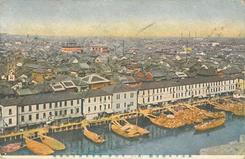
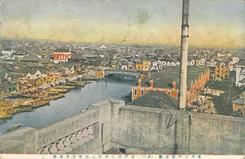
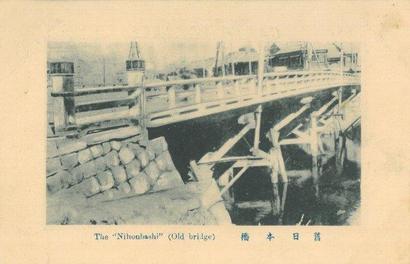
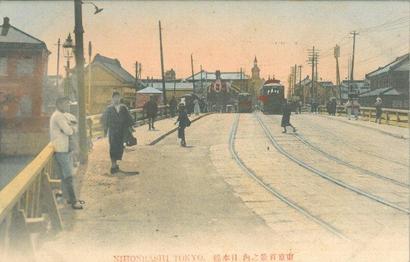
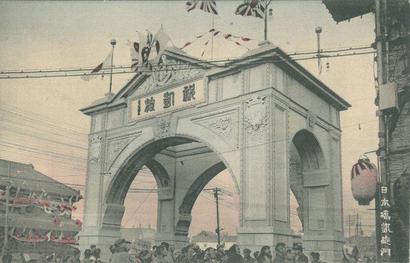
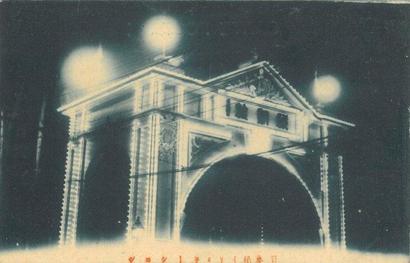
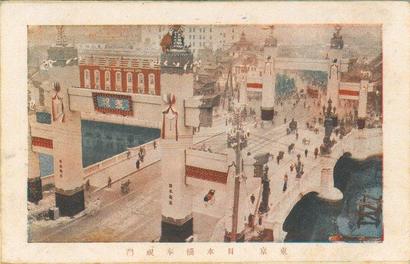
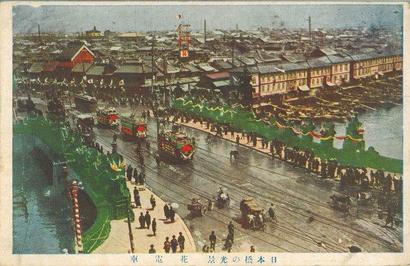
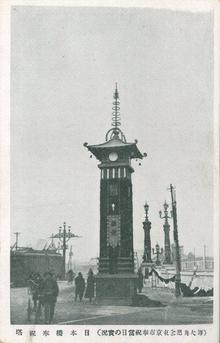
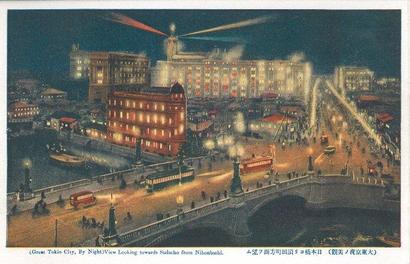
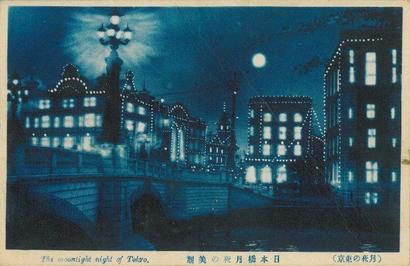
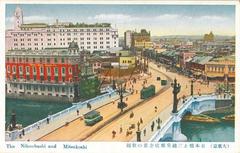
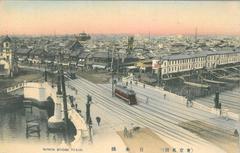
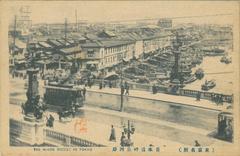
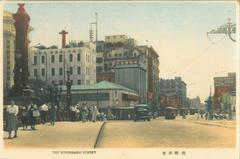
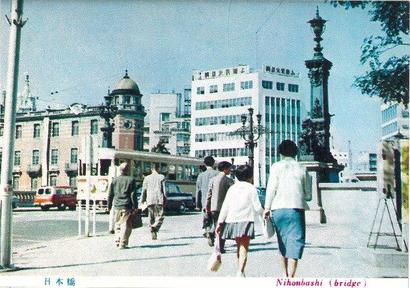
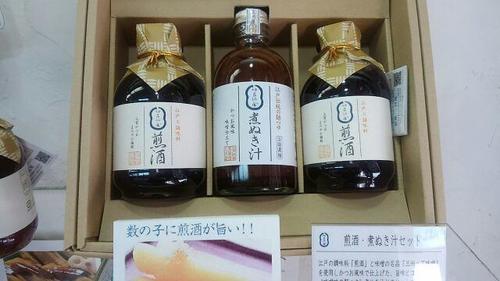
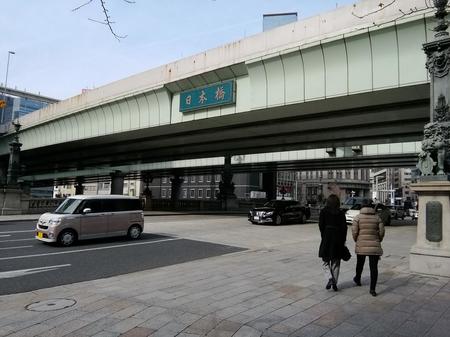

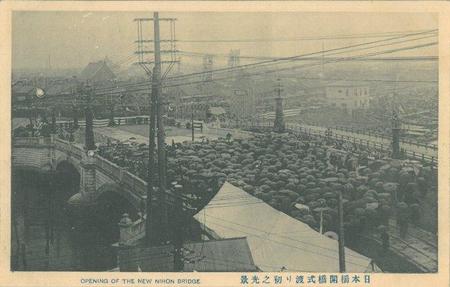
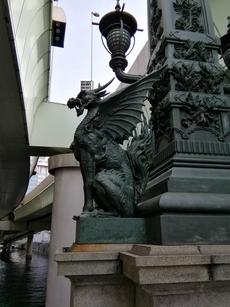
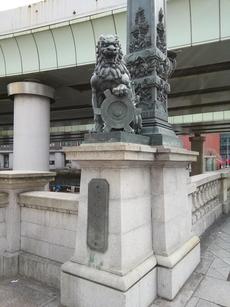
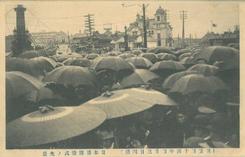
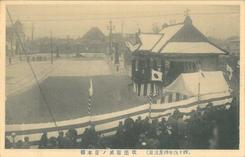
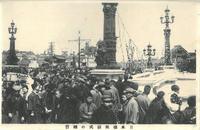
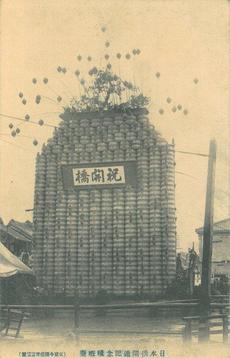
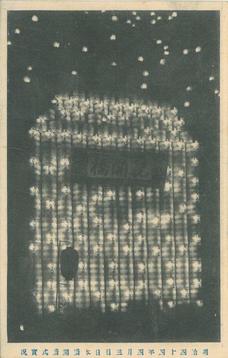
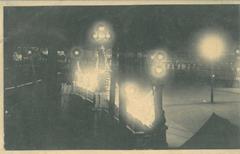
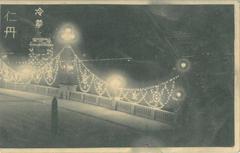
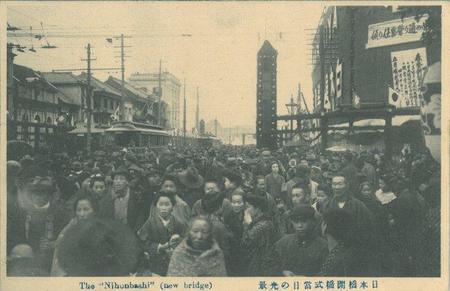
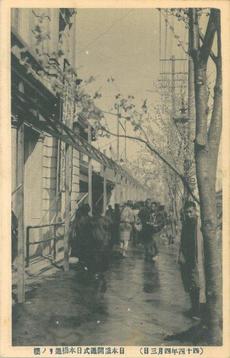
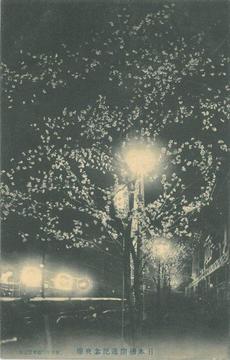
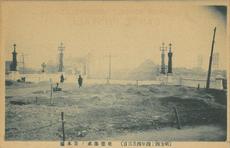
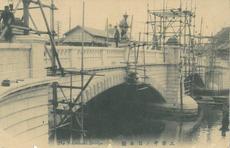
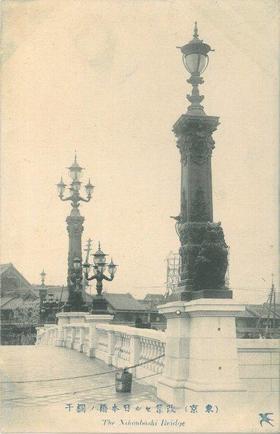
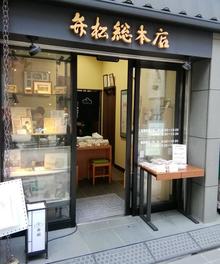
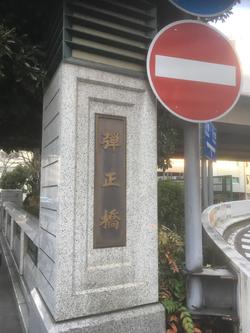
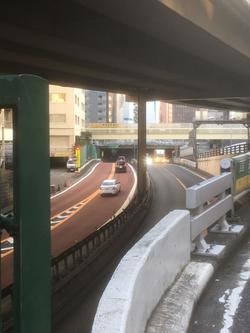
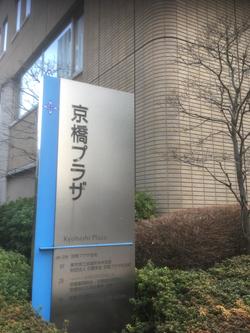
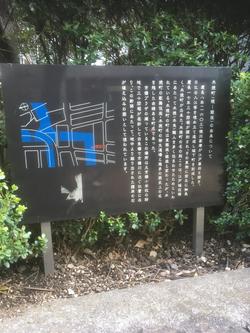
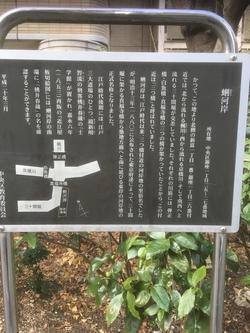
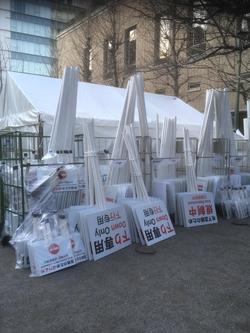
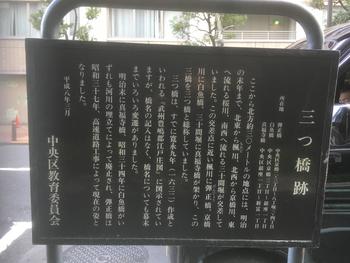
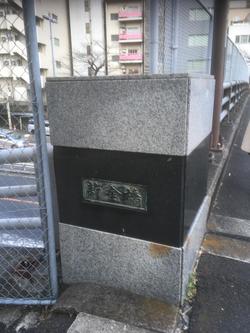
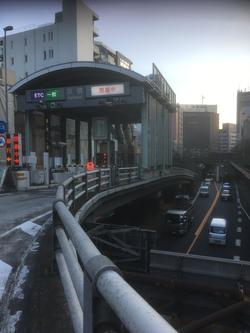
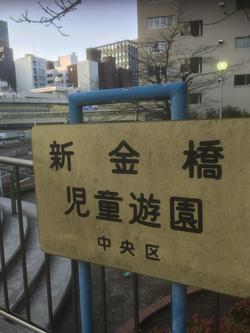
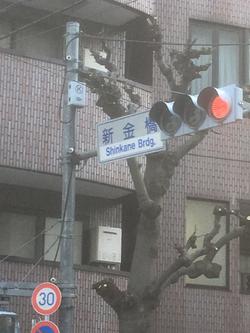
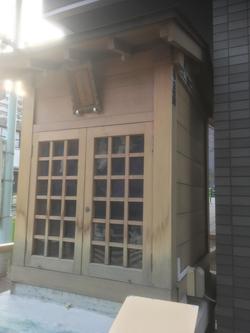
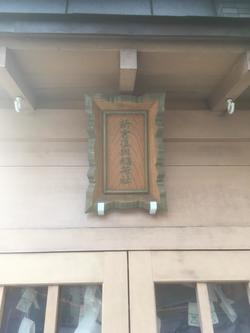
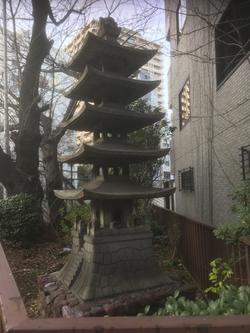
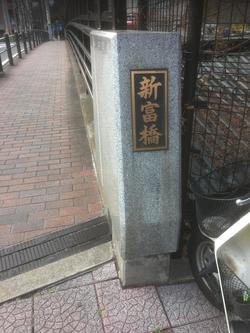
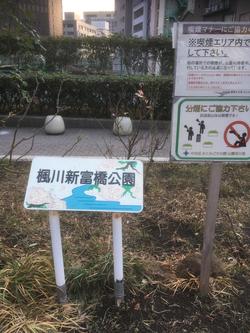
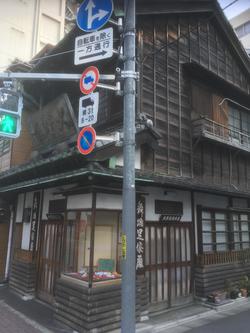
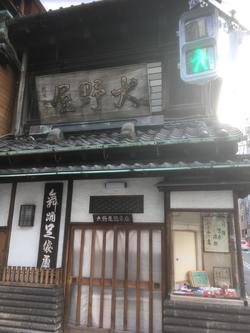
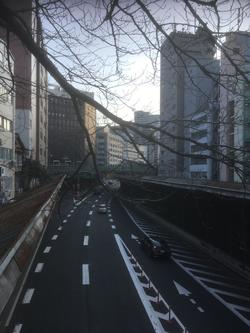
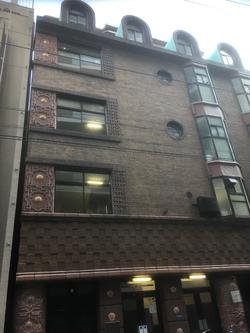
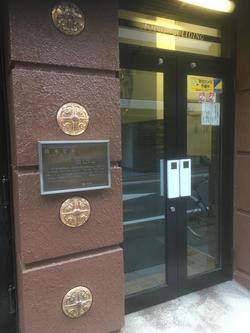
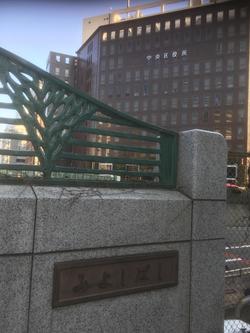
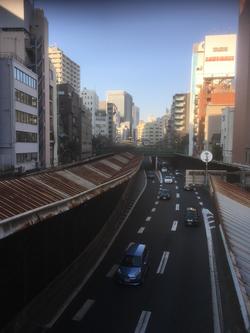
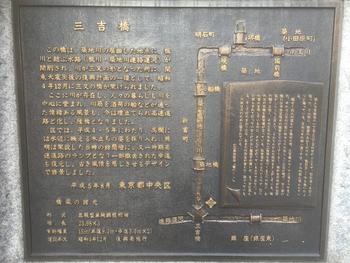
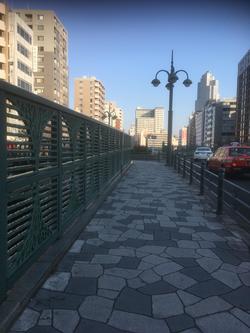
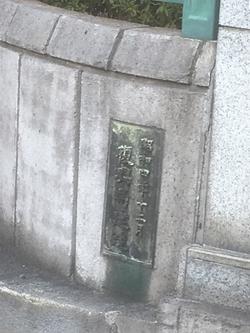


 gallery space
gallery space Library
Library

